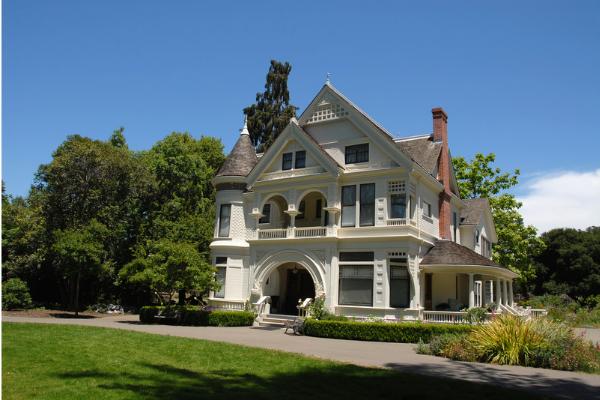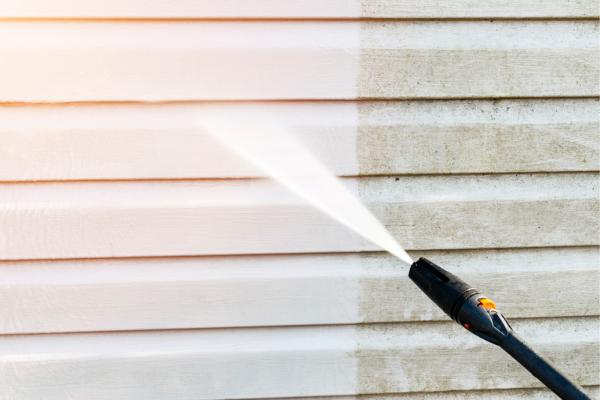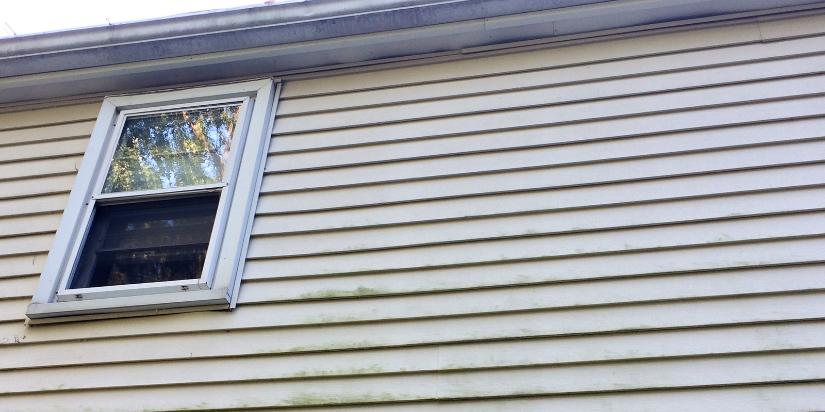As homeowners ourselves, we understand how intimidating the cost of siding replacement can be. After all, it’s a significant investment. Not only is fresh siding among the best sources of extra curb appeal, but it’s also crucial for managing temperatures within your home.
Ultimately, there’s no definitive cost. There’s only a range, and it’s a wide one.
The cheapest options can cost as low as $8,420, while renovations that endure the longest can cost as much as $52,250. The average cost to replace siding nationwide on a 2,500-square-foot home is about $14,910.
No matter the size and shape of a house, you ought to prepare for quite an expense if you’re due for new siding. However, investing in effective siding is the best way to feel like you’re in an unrecognizably new home without buying a new home.
By outlining all factors that determine price, we hope to provide the tools you need to estimate siding replacement costs and move forward with your inevitable siding replacement before prices rise.
What Factors Determine House Siding Replacement Cost?
No part of a home is as front-and-center as the siding. Fading and warping will be highly noticeable to passersby.
Especially on the outside, homeowners may want to keep their homes as pleasing to the eye as possible, but external parts also bear the brunt of the elements. Constant exposure to extreme temperatures and all sorts of precipitation can cause roofs, siding and gutters to take a beating.
When damage becomes severe enough, homeowners will have little choice but to renovate. How can something range in price from $3,000 to $14,000? Well, it’s something that’s decided by a lot of factors.
From house size to siding material, we’ll show you everything that goes into the cost of a complete siding replacement.
House Size
A popular question: “How much does it cost to replace siding on a 2,000 sq. ft. house?”
House size is the most important factor. The bigger the house, the more surface area there is. The greater the surface area, the greater the cost to replace vinyl siding, among other forms of siding.
Large homes will elevate labor and material costs. For the largest houses, contractors need either extra sets of hands or extra time to work.
Little is achievable to lower the cost caused by the surface area. Even the price of a permit may affect this immediate baseline cost.
House Shape
House shape is as important as size. The simpler the house, the fewer the individual pieces and the less complex the work. A one-story home is easy to cover, but a two-story structure with turrets, cupolas, dormers and unconventional roof angles can take much more work.
A 10-year-old ranch is a lot easier to cover than a 19th-century mansion. The latter requires more material per square foot because all the cuts into the siding that renovators would have to make would leave a lot of unusable waste material behind. Fitting a piece of siding into a regular rectangle is much easier.

Siding Material
The material of the siding itself is also among the most critical factors. The average cost of siding is about $12 per square foot, but the cost of wood siding replacement can be as little as $2, and stone siding can reach $50 per square foot. There’s quite a variation.
Multiplying these values by the hundreds of square feet along the façade of your home, you’ll quickly see how much of a difference your siding material can make. The benefit of many different materials is that most homeowners find a good option that resonates with budget and style.
Thickness
You might say that you can distinguish siding based on objective quality. The “quality” of siding often reflects the thickness of each panel. Thick siding will provide the most protection from the elements for the most time. Customers can ask contractors for recommendations, but thick siding isn’t always necessary in mild-to-temperate climates.
Labor Price
Market rates inform the price of labor, so it tends to remain static. But know that low labor prices beget poor work, and high labor prices beget excellent work.
Many charge by the hour, but there may also be a flat rate for the job. Some materials take more time to install, while complex home shapes can require more equipment and work.
You may benefit from asking your contractors how they itemize everything they have to do. Labor charges usually cost $1-$4 per square foot.
Location
Where you live can drastically affect the price you pay for your siding. In certain states (or even counties), the prices of labor, materials and meeting building codes can be significantly higher. Unfortunately, this isn’t something you can change or try to save money on. It’s best to research average costs ahead of time so you have a general understanding of what to expect.
Removal
Contractors can install some materials directly on top of old siding, but for the most part, someone must remove the old siding first. Depending on the complexity of the removal process, removing the current siding will incur further costs on top of everything the renovation already outlines. Many siding installations require a pristinely empty base for the most years of high performance.
Building Codes
Local rules regarding building codes and payment may further impact the cost of a siding installation. Typically, siding repairs don’t require permits, but when they do, associated costs are unavoidable. Either comply with permits by paying for them or face more significant fines.
Because a siding replacement may require the removal of electrical connections and significantly change the exterior of a local home, a permit can be an essential part of siding installation costs. Check with state government websites to see if you need a permit for a siding installation.
Season
Because siding installers have busy seasons, the time of year also influences costs. Contractors charge more during the busy season than during the off-season. So, if you don’t care when the siding installation is complete, ask contractors when they’re in the middle of busy seasons, and plan your renovation for the off-season to get the biggest bang for your buck.
Not every schedule is the same, but early fall is usually the best “off-season” choice before the ice and snow arrive.
Extra Customization
Finally, we emphasize that further customization to your siding order will inevitably cost more. If you want composite siding that looks indistinguishable from natural wood, you’ll have to pay significantly for it.
Pick fancy colors, trims and styles all you want. Only note that fussier siding is going to be expensive.
Maintain Siding with Power Washing
If you’re not ready for new siding, don’t neglect maintenance. You can’t depend on rain to keep the sides of your home clean.
Each type of siding is maintainable, and maintenance makes it last longer. All that’s necessary is a good power wash with water. You can do it yourself but don’t get on a ladder without someone else present, especially if you haven’t used one in a long time.
If you have a ranch, you can easily maintain it without assistance. In particular, note that algae and mold like to grow on sides that don’t receive a lot of sun, so give the dark sides a little more love during your annual wash.
And don’t use anything besides water. You have no idea how your cleaning solution will react with the material.

What Are the Signs of Worn-Out Siding?
A siding replacement isn’t the first thing homeowners consider, even if it looks necessary. A siding installation is a big, expensive project that many are understandably reluctant to consider. Indeed, there is the issue of convenience: For as much as a whole week, several workers will be running around your home, making tons of noise and turning the place upside-down.
However, there are many signs that point to your siding being worn out and in desperate need of replacement. Although many of these signs are only aesthetic, others bring serious consequences or inconveniences. Examples of these signs include:
- Siding that is faded, warping or chalking
- Siding with dents, cuts, holes or missing sections
- Rotting siding
- Signs of bug infestations around your siding (including wasps!)
- Increased bugs found inside your home
- Increased heating and cooling costs
- General damage from larger local wildlife
Replace Siding Before Prices Increase
The bottom line is that prices continue to rise across all industries in the shadow of the pandemic. That siding replacement you dread will only become more expensive, so we encourage you to contact professional renovators as soon as possible.
Despite widespread price increases, Your Window Solutions continues to do great work on windows, doors and siding all over McHenry County and Chicagoland. As we drive past our complete projects daily, we can’t wait to put you and your home first! Please call us, email us or fill out our online form to get that siding replacement out of the way.
Editor’s Note: This blog was originally published in May of 2023 and updated in January of 2024.



